By Brian Santo, contributing writer
Elon Musk and Jeff Bezos are such obvious choices for a list of the year’s top innovators that it’s almost embarrassing to cite them.
The two are among the few individuals in history who have set long-term technological goals so ambitious that merely pursuing them has had broad societal consequences. What they are both doing is akin to what Thomas Edison did when he embarked on building an entire system of electrification that included power-generating stations, incandescent light bulbs for home and office use, and literally everything necessary in between.
Some might quibble with Musk’s and Bezos’ inclusion in such a list because neither is doing much (if any) of the technological work personally. Some would be wrong. Edison wasn’t a one-man show, either. He had a brigade of technicians who, for example, tested over 6,000 different filament materials for light bulbs before one of those minions tried carbon-coated bamboo. Edison never claimed that it was all his own perspiration.
1) Elon Musk
It is easy to forget that electric cars are politically controversial. Part of the reason why some of us forget this is because we prefer not to pay that much attention to the sort of person who rages about green vehicles, but part of it is also because Musk is changing the conversation with Tesla Motors. People are caught up in the glamour of the vehicle itself (in 2017, the Tesla Roadster became the first to go from 0 to 100 kph in less than two seconds), in the force of Musk’s personality, in the excitement of the race with the established auto manufacturers, in the exhilaration watching the market’s response to the company. Layer in Musk’s dedication to autonomous vehicles and constant refinements to the basic vision, including his recent introduction of semi-autonomous semi trucks, and you get a whiff of inevitability about the electric/autonomous future, regardless of whether Tesla lives or dies.
Musk’s other major project is commercializing space travel, and with events of this year, that would have to be considered a fait accompli . In 2017, SpaceX launched 18 rockets, carrying commercial payloads for everyone from NASA to the latest of Iridium’s nearly endless series of mutations. It shouldn’t be possible to be unimpressed by the company’s pioneering recovery and reuse of rockets; SpaceX will try to launch nothing but recovered rockets in 2018. Through 2017, Musk also sustained his commitment to sending people to Mars, a mission so ambitious with so many inherent perils that even the most rabid Mars enthusiasts at NASA quail at advocating for such a thing, lest someone involved with funding the agency tot up the potential costs (economic and human) and freak out.
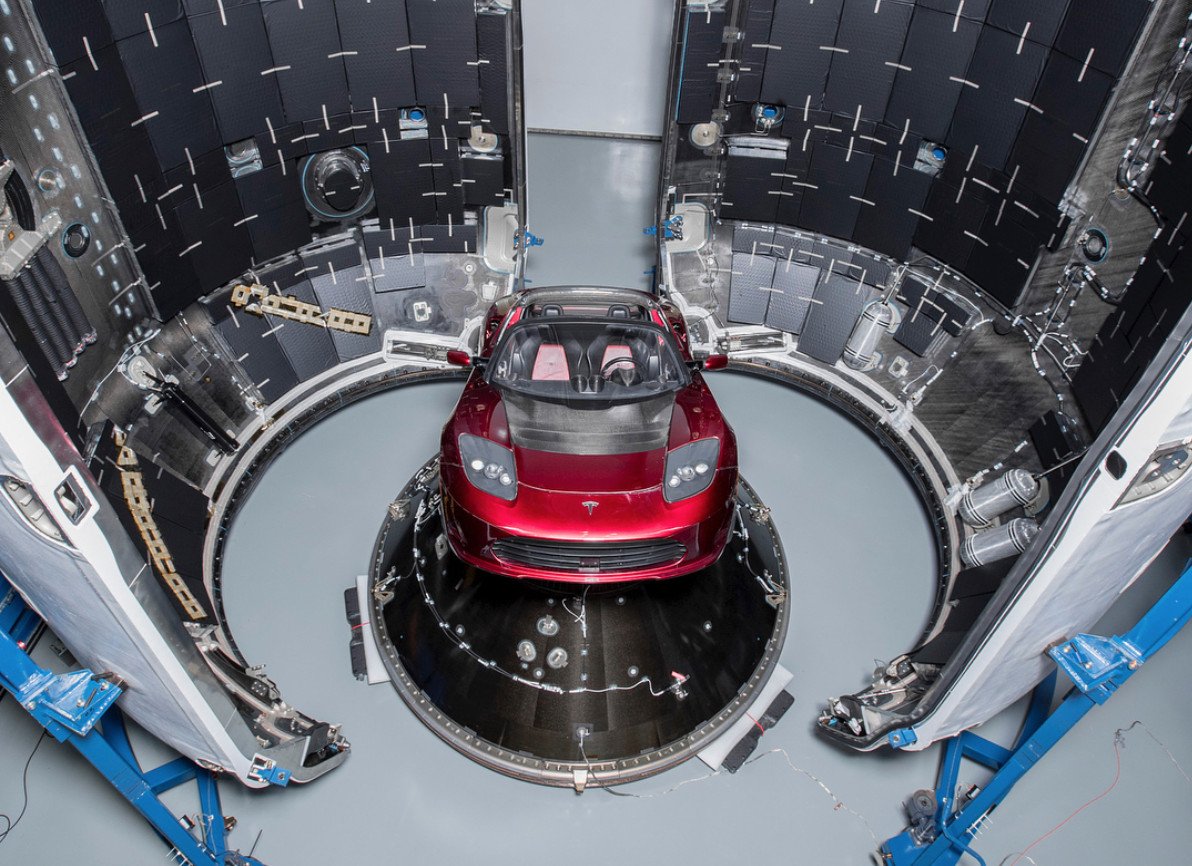
Elon Musk combined his two biggest projects by donating a Tesla Roadster to be part of the payload of a prototype rocket of the type that might be used for a mission to Mars.
Meanwhile Musk is also trying to make hyperloops happen. He’s hardly the first advocate of the technology, but with the successes of Tesla and SpaceX, his imprimatur has some value in and of itself. He has proposed hyperloops for congested traffic corridors on both the West and East Coasts and established a company for boring enormous tunnels (the Boring Company) in which hyperloops can be built.
And then. And then …
The awakening of machine intelligence has been referred to as “the singularity.” When Musk and a few other celebrities (including Stephen Hawking) began weighing in on the subject in 2017, the singularity actually made headlines and sparked an ongoing societal conversation about the ramifications of machine intelligence — something that no science-fiction book or movie was ever able to accomplish. For the first time in a long time, people began talking in earnest about the consequences of technological development in conference chambers and around dinner tables. Musk is alarmed by unregulated development of AI, but he’s not blind to the possible benefits; early in 2017, he established a company called NeuraLink that is exploring the possibility of directly linking AI and human brains.
2) Jeff Bezos
Unlike Musk, Bezos tends to pursue technology-based projects that can amplify one other. If he’s interested in advancing drone technology, it’s not just because drones are inherently interesting or could be the basis of a successful standalone business opportunity; it’s because drones can be used to make the delivery of goods sold by Amazon faster and/or more efficient.
What Bezos has done better and harder than anyone else is identify new technologies that will help make selling things easier, buy them, and deploy them. And if the industry isn’t developing those things fast enough, he’ll have Amazon develop them. Amazon remains engaged in ongoing innovation in cloud networking, big data, and artificial intelligence and applying it all to the supply chain for goods and services from sourcing to the sales process to delivery. Amazon keeps making innovations in machine learning available to developers through the cloud. That most of this is invisible to the average Amazon customer is irrelevant; it’s marvelously innovative.
In 2017, Amazon purchased Whole Foods. The purchase is, first and foremost, about taking Amazon’s extraordinary infrastructure and applying it to groceries. But if anything is going to convince the average consumer that drones are great, it will be getting that quart of milk or jar of marcona almonds they forgot the day before in minutes without ever leaving the house. Amazon could benefit from having all those hundreds of extra Whole Foods warehouses from whence to deliver non-grocery goods.
Bezos’ model of continuously improving a business with continuously improved enabling technology is becoming common. Uber owes its existence to this model. If CVS swallowing Aetna works, it will work because of this model.
Meanwhile, Amazon keeps evolving its drone concept. For example, in response to the safety concerns associated with having a sky full of drones, Amazon recently patented a design for a drone that will deliberately fragment into potentially less dangerous pieces if a crash becomes inevitable.
Finally, in one of his few projects not directly synergistic with the Amazon business, Bezos isn’t leaving space to Musk. His Blue Origin space company tested its main rocket engine at the end of 2017, and it was successful on the first firing. Blue Origin intends to loft passengers into orbit right after SpaceX starts doing likewise, perhaps as early as 2019.
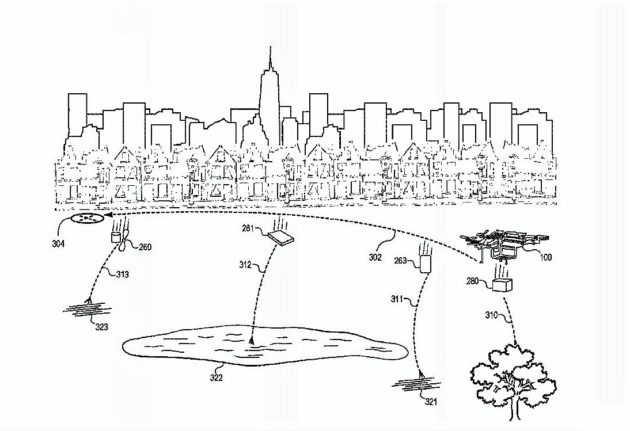
Responding to concerns about the safety of having a sky full of drones, Amazon patented a model that will fragment when crashing is inevitable.
3) Maryam Rofougaran, Reza Rofougaran, and Movandi
Becoming a household name is not in any way a prerequisite for making this list. The Rofougaran siblings are known for founding wireless chip pioneer Innovent Systems, which was acquired by Broadcom. The two left Broadcom to found Movandi, which is dedicated to building practical antennas for 5G’s higher frequencies that were more recently set aside for 5G networks. These frequencies are in the range of 20 GHz to 40 GHz; a shorthand reference for these frequencies is millimeter-wave, or mmWave.
Millimeter-wave antennas have been expensive, bulky, and inefficient. Movandi is building mmWave antenna arrays that are much more compact, much more power-efficient over a wider power range, more spectrally efficient, and cheaper to produce in large part because they use a CMOS process that is appreciably less expensive than the BiCMOS process normally used to build mmWave antennas. The company’s systems-level approach to development includes writing its own algorithms for beamforming (controlling and directing each individual antenna in the array).
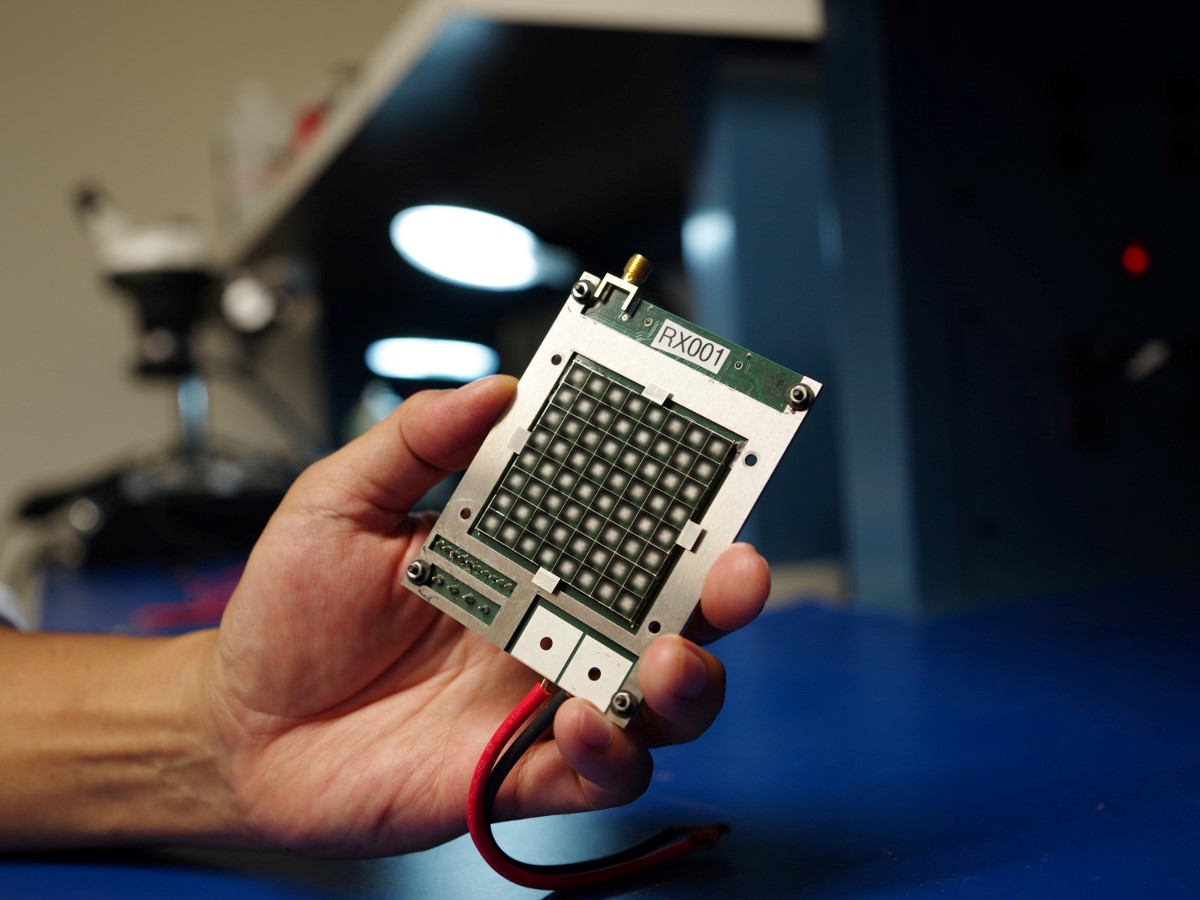
Movandi’s basic antenna module has a 16-element array, and modules can be larger in increments of 16 elements up to 64.
4) Jerry Chow, physicist, IBM
In 2017, quantum computing went from theoretical/experimental to something bordering on practical. IBM has been at the forefront of quantum computing research, and Chow leads IBM’s quantum computing program.
Quantum computing is based on unstable physics phenomena that behave in ways that are not fully predictable and, therefore, difficult to model — but they can be characterized and modeled with some exceedingly clever math and algorithms. Still, quantum computing is so profoundly complex and so strange that a quantum computer couldn’t possibly be created by fewer people than are named in the 10-minute credits of any recent film from Marvel Studios. There are populations of mathematicians, physicists, and other researchers at IBM, Intel, Google, startup Rigetti, and at research facilities around the world working on quantum computing, and they should share some credit with Chow.
Quantum computers rely on multi-state particles called quantum bits, or qubits. IBM’s quantum computing program, called IBM Q, is providing cloud-based access to a model of a 20-qubit system. IBM is now testing a 50-qubit machine.
Part of the weirdness of quantum computing is that processing power scales but not like processors based on semiconductors. That said, the jump from 20 qubits to 50 qubits is significant; no supercomputer in the world will be able to match what a working 50-qubit machine will be able to do — assuming that the industry gets a 50-qubit system to work consistently and reliably. If such a thing is created, watch for extraordinary advances in other industries as they begin to take advantage of quantum computing, particularly the field of medicine.
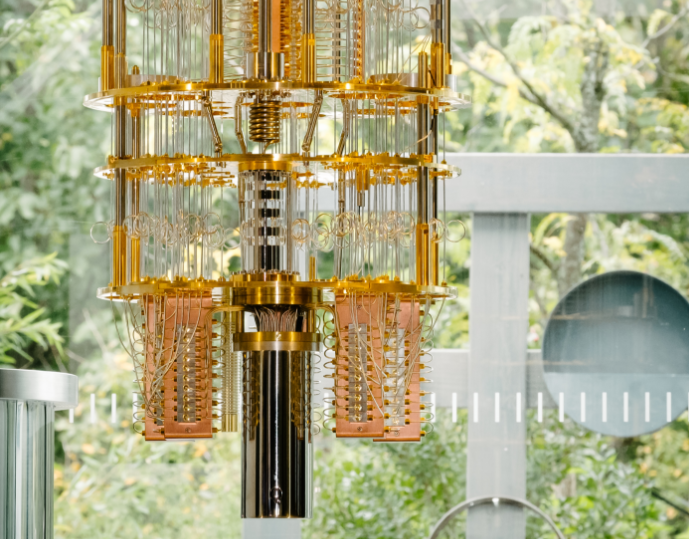
IBM 50Q System.
5) Nick McKeown and Barefoot Technologies
The introduction of programmable network switch ICs is transforming the networking industry, and Barefoot appears to have gotten there first. The company’s switch has caught the attention of companies with some of the most extensive networks in the world, including AT&T, Alibaba, Baidu, and Tencent.
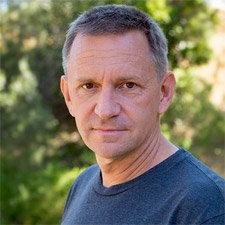
Nick McKeown
The virtualization of networks has been a boon for anyone who deploys networks; the vaster the network, the bigger the benefit. Virtualization leads to the ability to use off-the-shelf hardware, which drives down costs and reduces operational complexity. If network differentiation is required, it can be done in software. Most of the time.
What if you need a feature that is most effectively and efficiently implemented in hardware? You can work with one of the semiconductor companies that provides chips for those off-the-shelf systems, but the typical development cycle for ICs is 18 to 24 months.
If you had a programmable switch, you could effect the change yourself, but no one could figure out how to make one that was practical. McKeown and the crew at Barefoot figured out how to do it, and if the crowd they’re hanging out with is indicative, they did it well.
Advertisement
Learn more about Electronic Products Magazine





